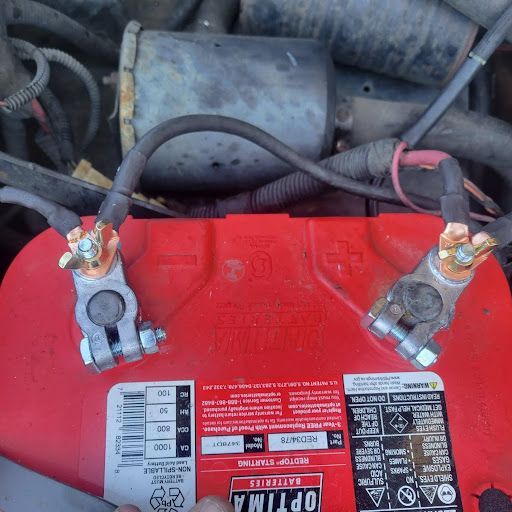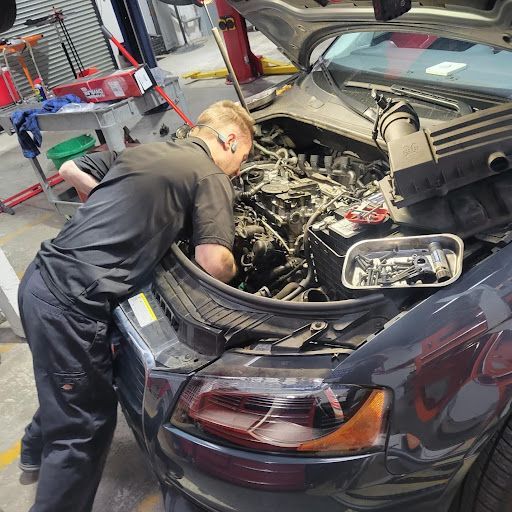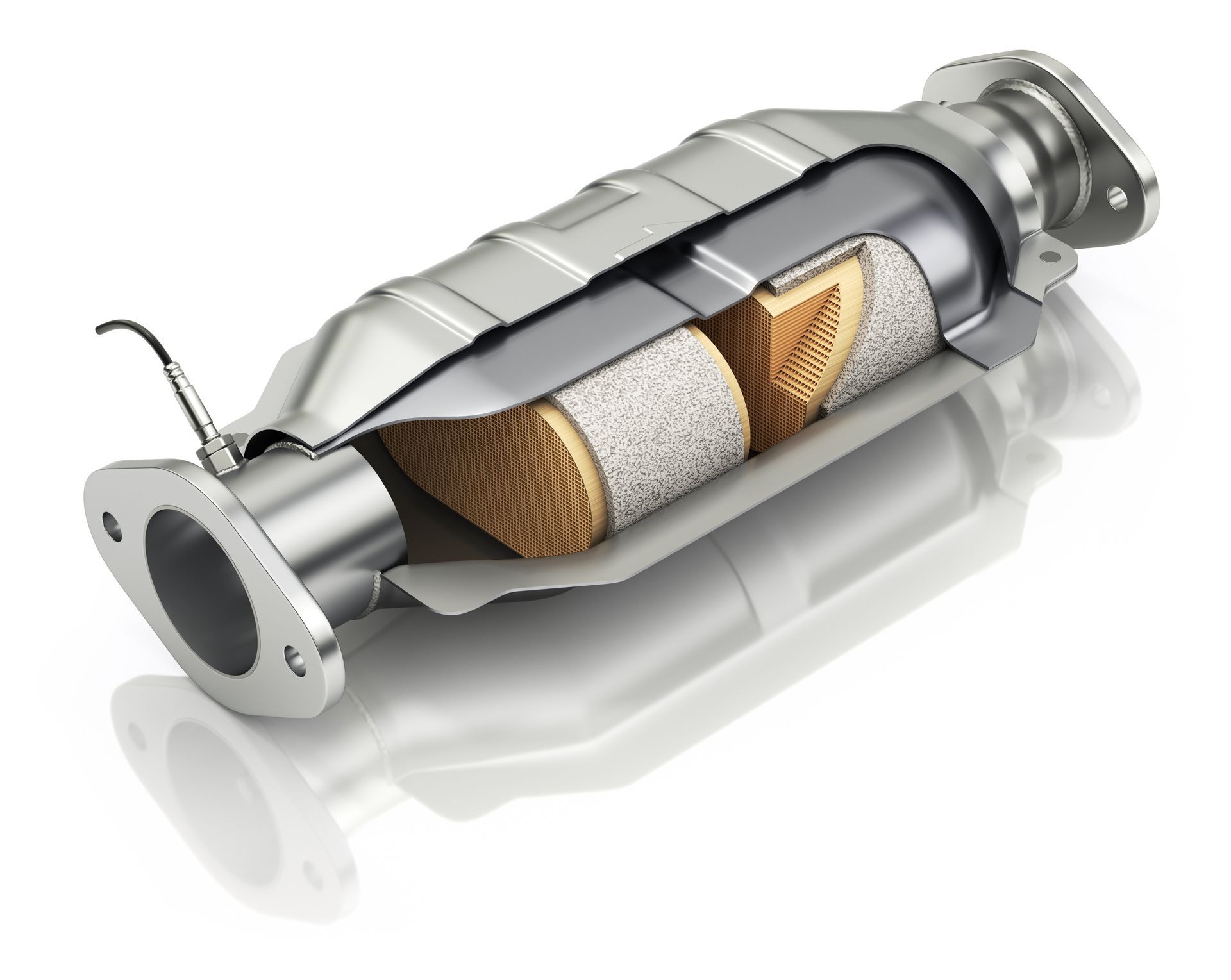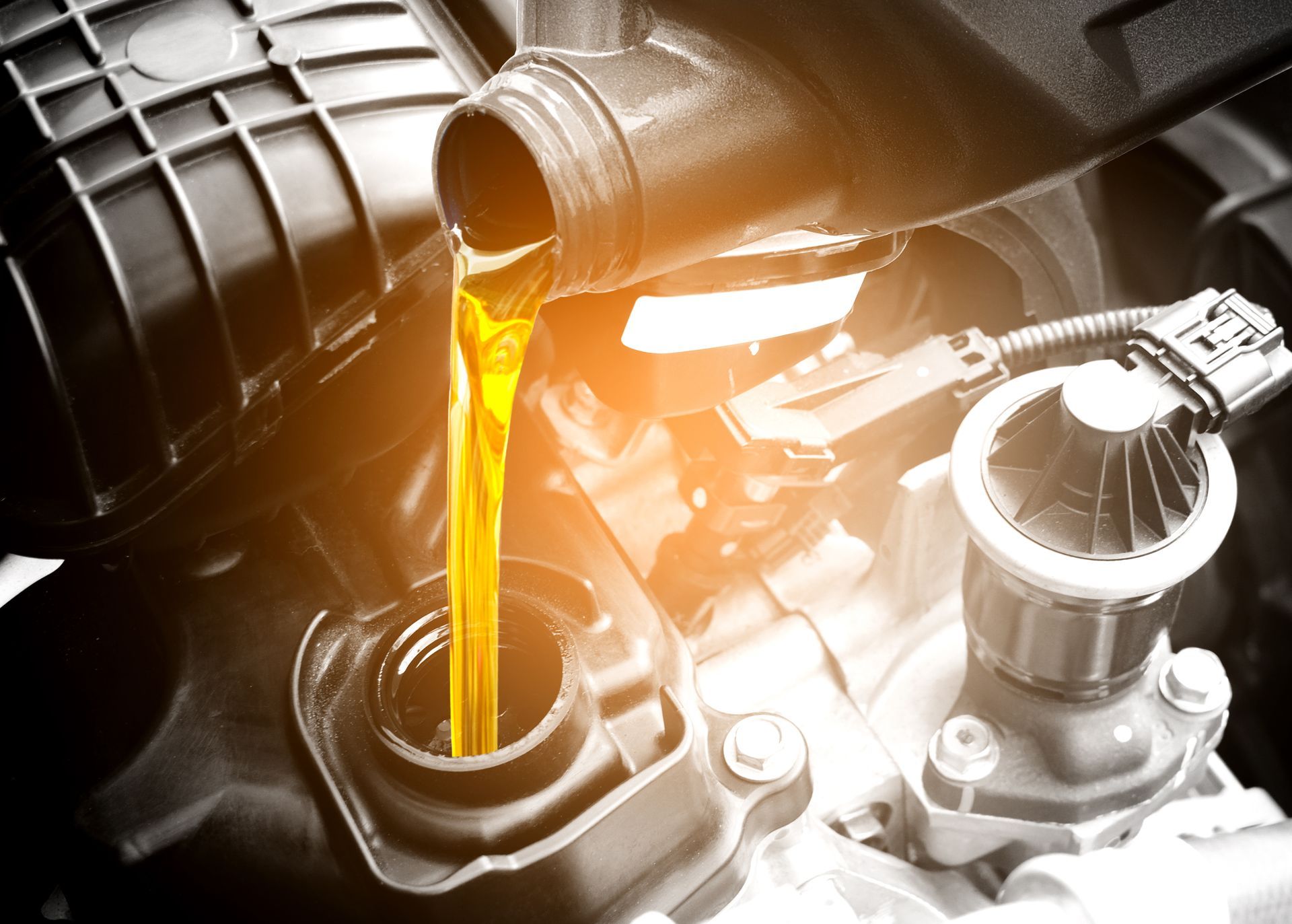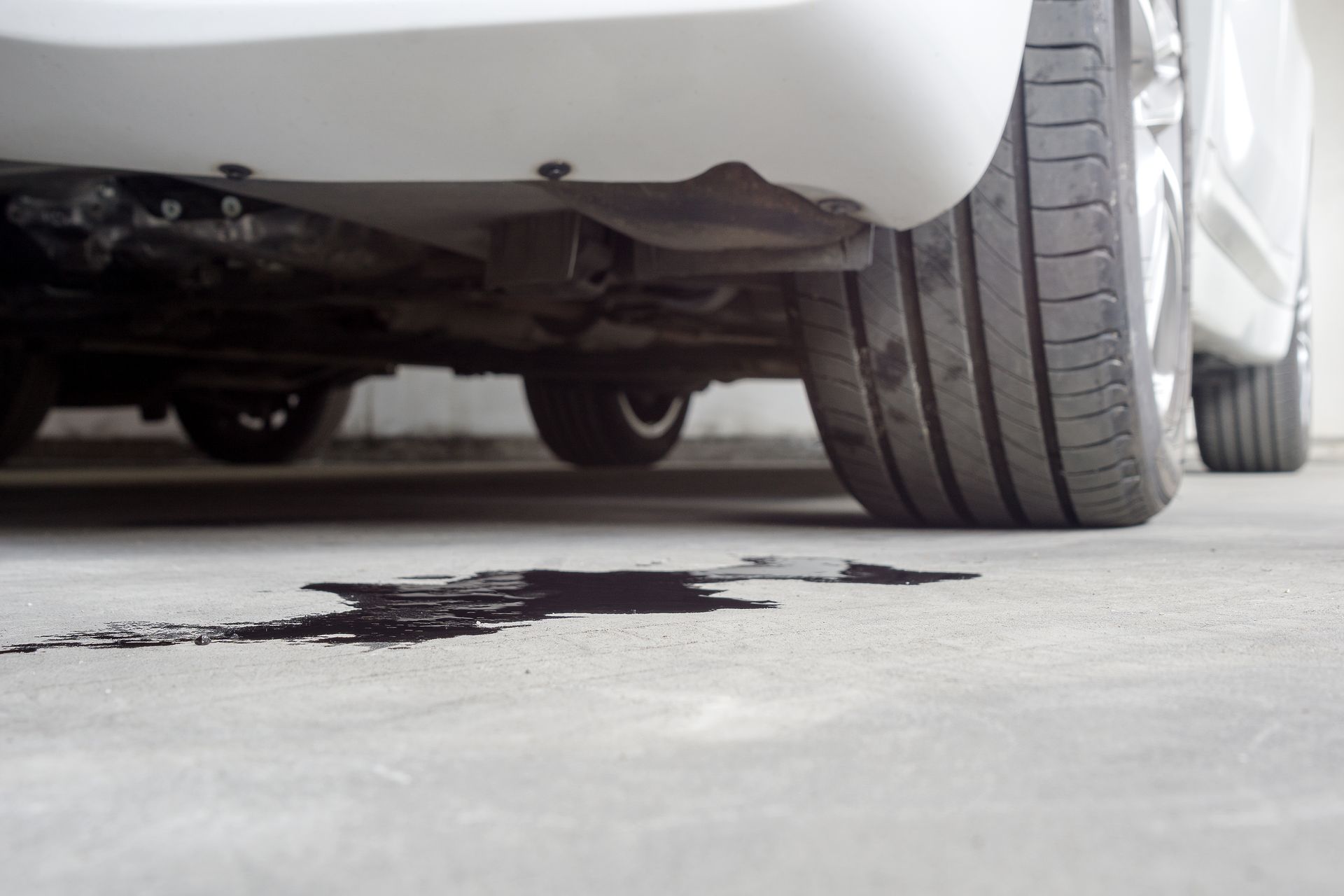Engine Minor vs. Major Maintenance: Keeping Your Motor Running Strong
At The Neighbor’s Kid Auto Repair (TNKAR), we don’t just change your oil — we proactively maintain your engine from valve cover to timing cover. Our two‐tiered service packages help prevent the costly consequences of sludge, leaks and premature gasket failure:
1. What Is Engine Minor Maintenance?
Scope & Components
A Minor Maintenance service addresses all the wear items and breathers that help your engine breathe and run cleanly:
• Valve cover gaskets & seals
• PCV valve(s) & oil traps
• Intake and crankcase breathers
• Vacuum and breather hoses
• Spark plugs, ignition coil‐packs & wire sets
Why It Matters
• Protects emissions components: Fresh seals and a functioning PCV system keep O₂ sensors and catalytic converters from fouling.
• Maintains crankcase balance: New breathers and hoses prevent excess pressure, reducing leaks and blow-by.
• Prevents sludge buildup: Replacing oil traps and PCV parts every 4–5 years (36K–50K miles) stops varnish and carbon deposits before they starve oil galleries.
Recommended Interval
• Every 36,000–50,000 miles or 4–5 years, whichever comes first.
• Engines with a history of leaks or high blow-by may need service closer to 30,000 miles.
2. What Is Engine Major Maintenance?
Scope & Components
Major Maintenance goes deeper — stripping the timing cover or oil galley to replace long-life components before they strand you on the side of the road:
• Timing cover gasket replacement
• Ford-style internal water pumps behind the timing cover
• Timing chains, belts (including “wet belts” inside oil passages), tensioners & guides
Why It Matters
• Silicone gasket failures: Many modern engines (Mazda CX-5, Ford EcoBoost, etc.) use silicone timing-cover gaskets that harden and crack in just 3–7 years. Once they leak, they not only let oil out but air and debris in — accelerating engine wear.
• Hidden wear items: Water pumps and tensioners behind the cover can seize or fracture, leading to overheating or catastrophic chain failure.
• Geometric cost increase: A $1,000 Major Maintenance today prevents a $5,000+ rebuild tomorrow once debris and oil starvation team up to destroy bearings, camshafts or turbos.
Recommended Interval
• 3–7 years or 60,000–80,000 miles, depending on manufacturer guidelines and oil-leak history.
• Inspect early on high-mileage or early-leaking engines (we’ve seen Mazda CX-5 silicone gaskets fail under 6,000 miles and one year of service).
3. Why You Can’t Skip These Services
1. Compound problems
◦ Minor issues (leaky valve covers, clogged PCV) accelerate sludge in galleries and filters.
◦ Major failures (wet-belt breakdown, water-pump leaks) can lock up an engine without warning.
2. Cross-system impacts
◦ A leaking timing cover gasket defeats any oil-flush or viscosity upgrade — the moment you add cleaner or heavier oil, it simply seeps out and draws in grit.
◦ Sludge from missed Minors can block the tensioner or oil-passage for your wet belt, turning a routine belt job into a full teardown.
3. Performance & reliability gains
◦ Fresh gaskets, hoses and breathers restore proper vacuum balance for smoother idle, better fuel economy and restored power.
◦ New timing-cover components and an internal water pump ensure consistent cooling and prevent chain or belt elongation.
4. How TNKAR Packages Deliver Value
Package - Engine Major Maintenance
Interval - 60K–80K miles / 3–7 yrs
Key Benefits - Replaces hidden wear items, prevents catastrophic failures
Package - Engine Minor Maintenance
Interval - 36K–50K miles / 4–5 yrs
Key Benefits - Stops leaks, protects emissions, prevents sludge buildup
What You Get
• OEM-quality gaskets, seals and hoses
• Thorough cleaning of mating surfaces before reassembly
• Pressure tests on oil and cooling systems to verify leak elimination
• Test drive and post-service inspection to confirm power, quietness and temperature stability
